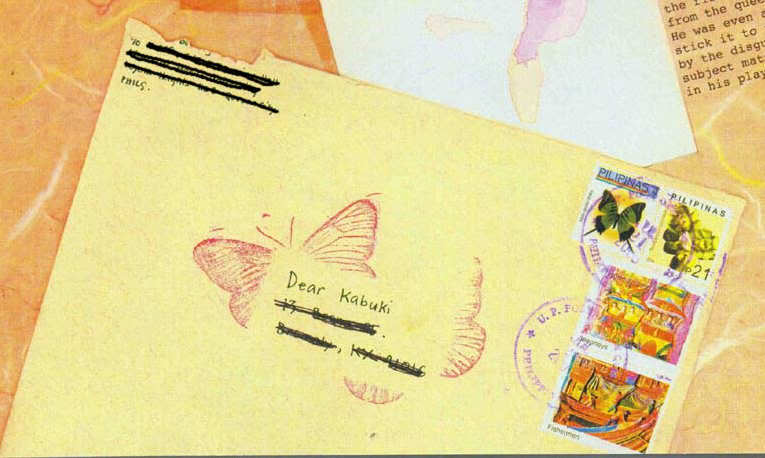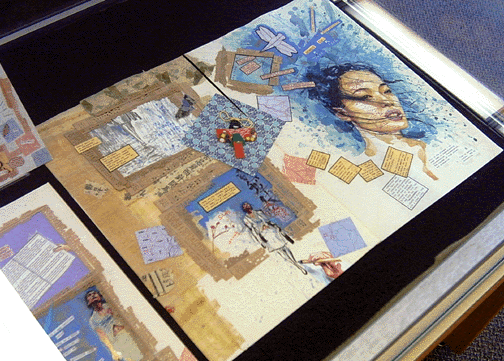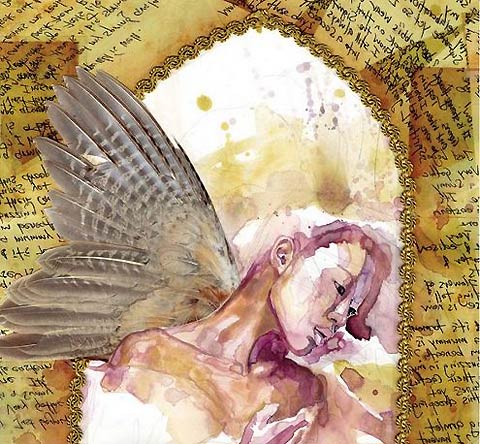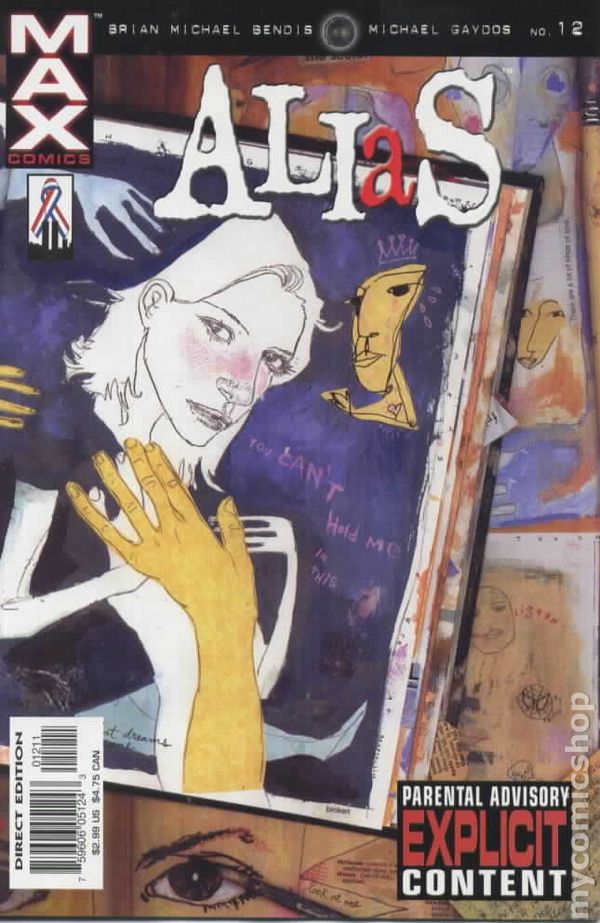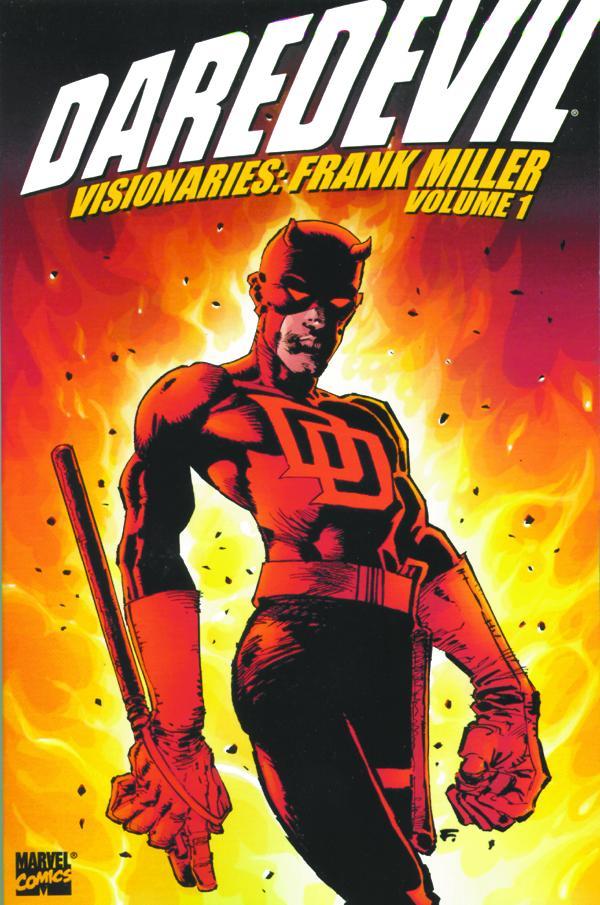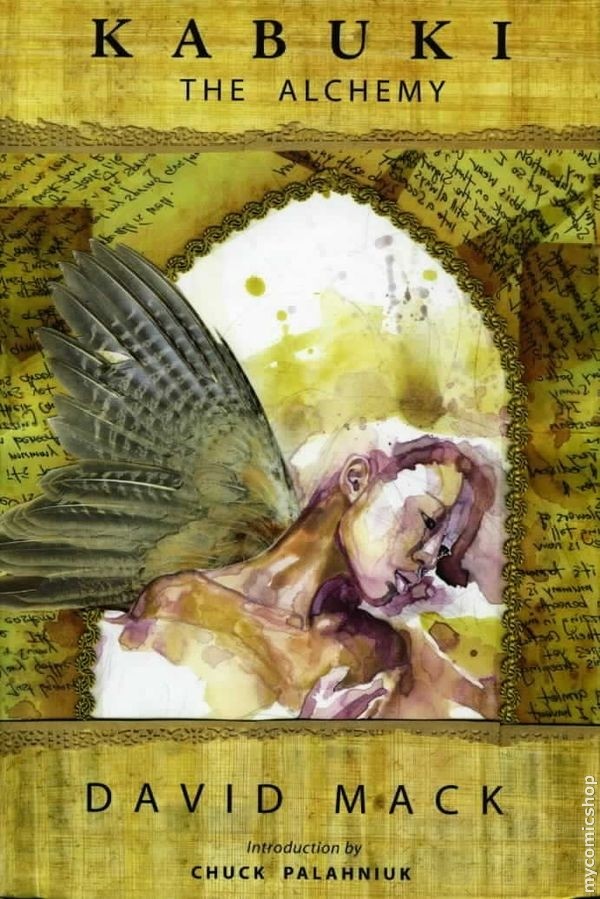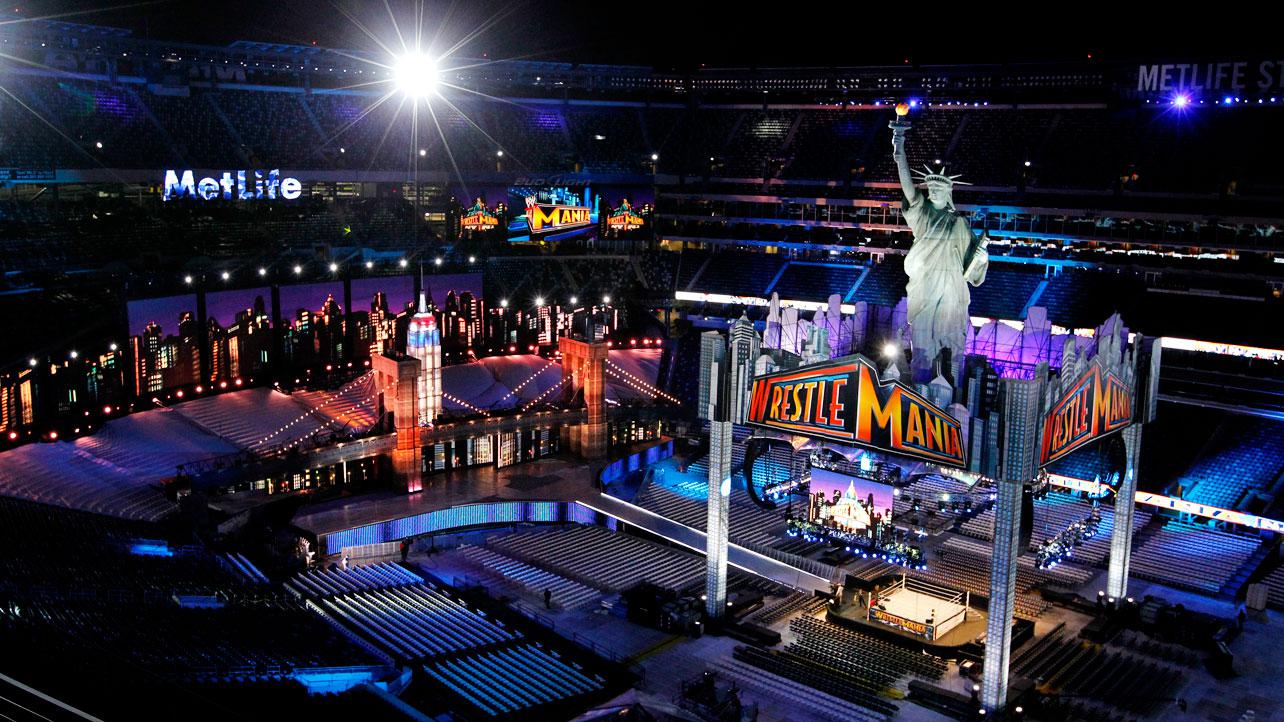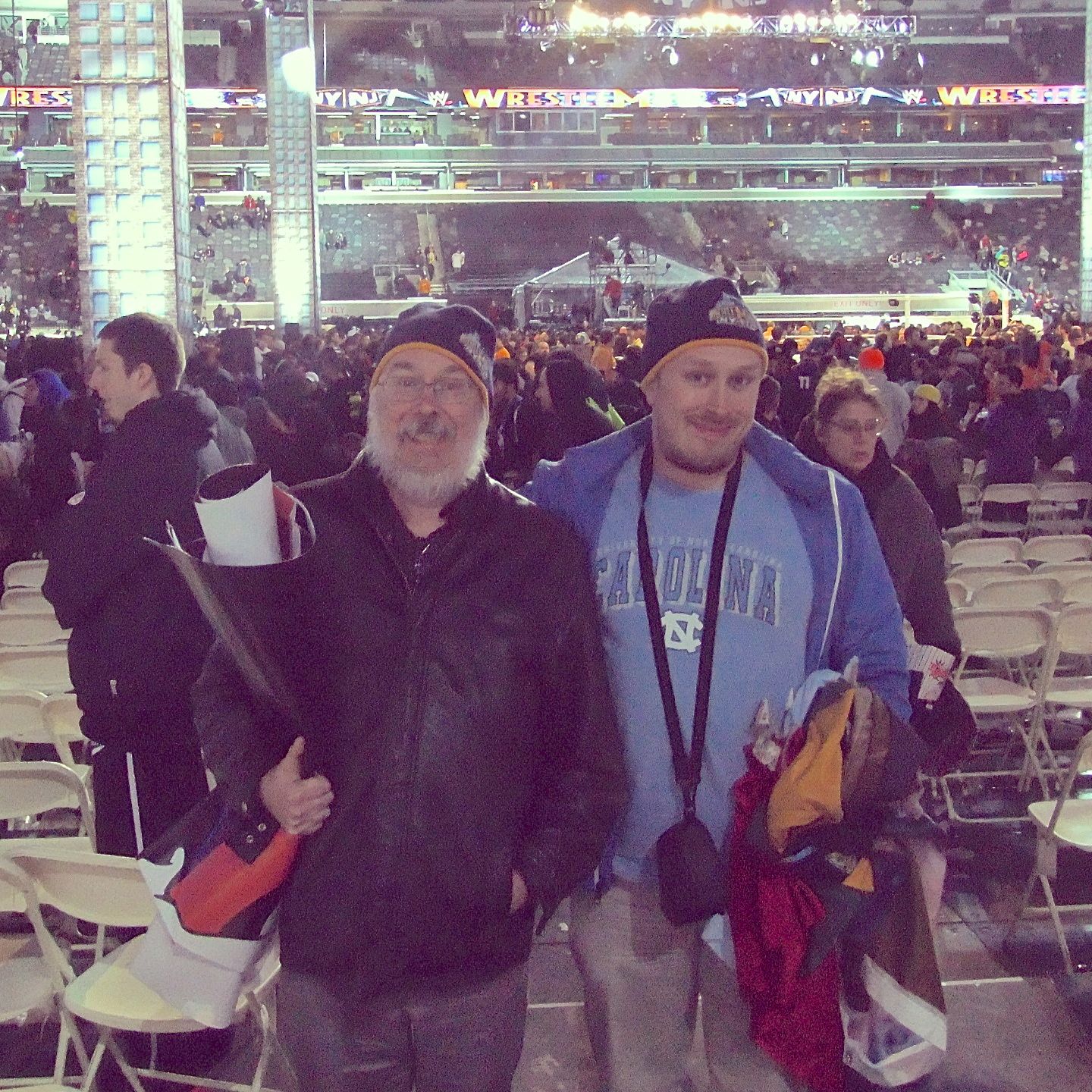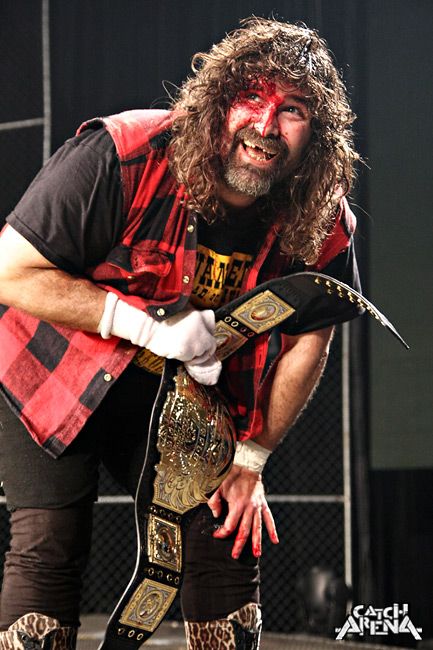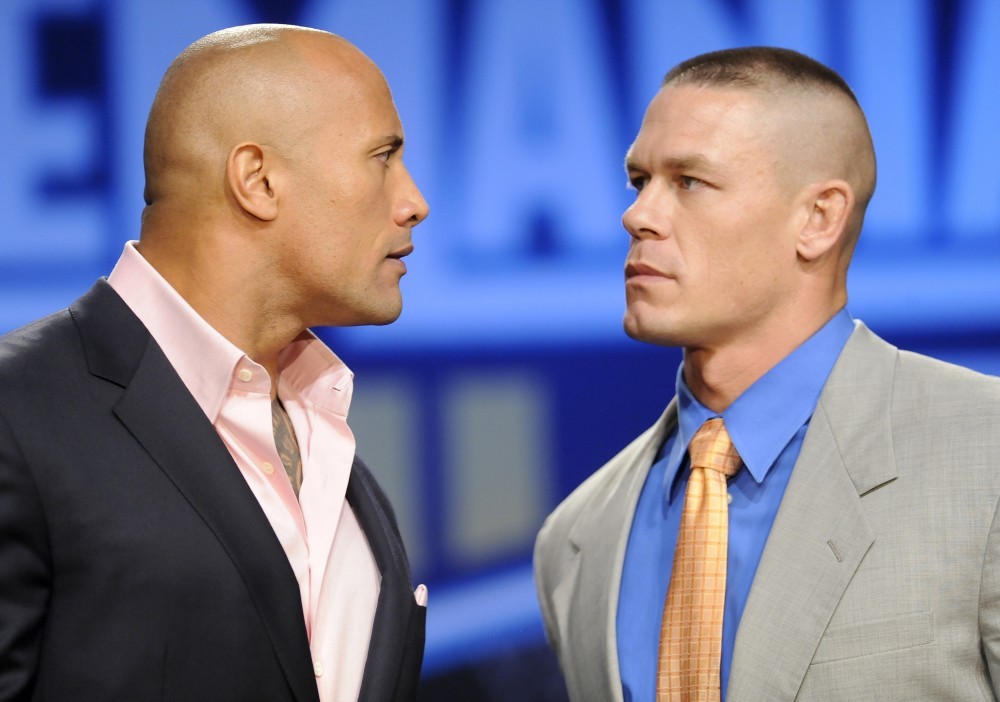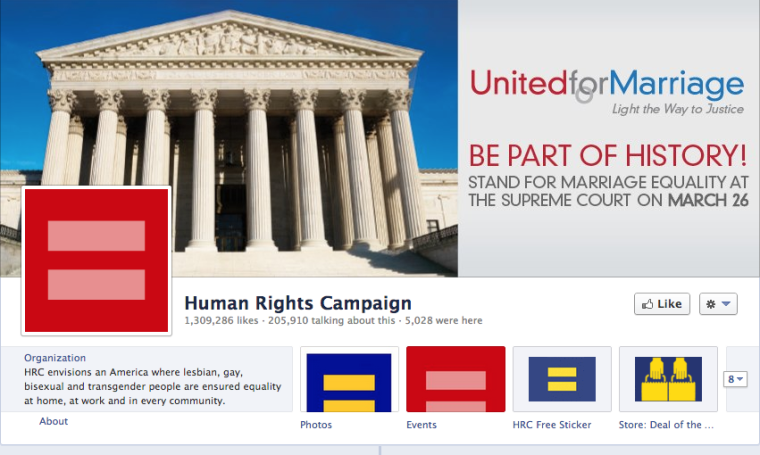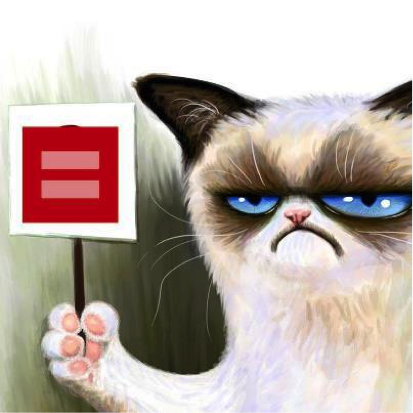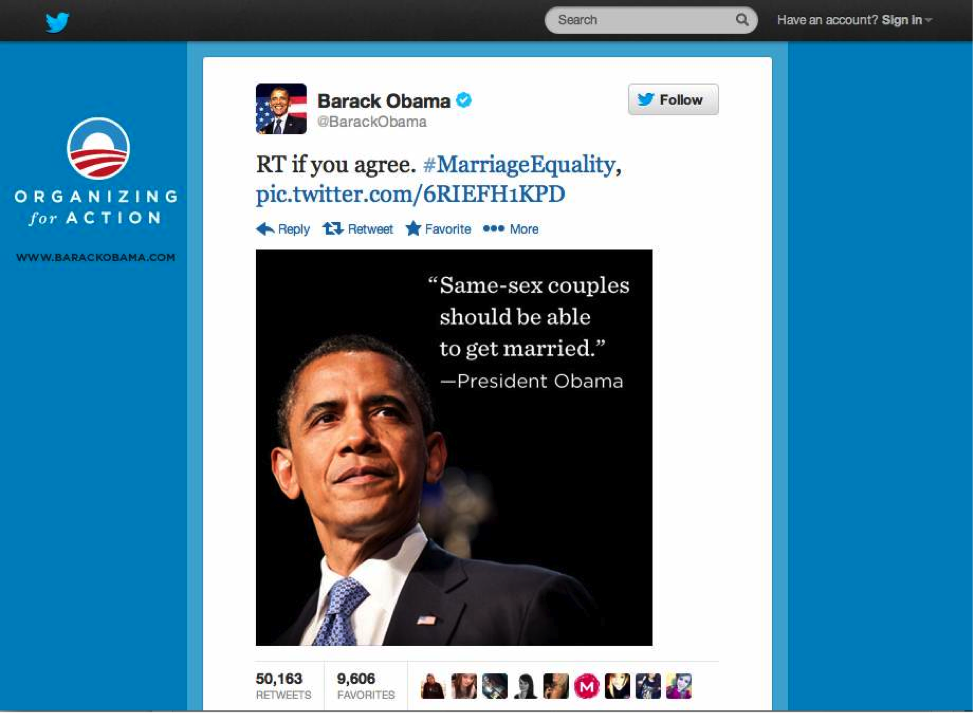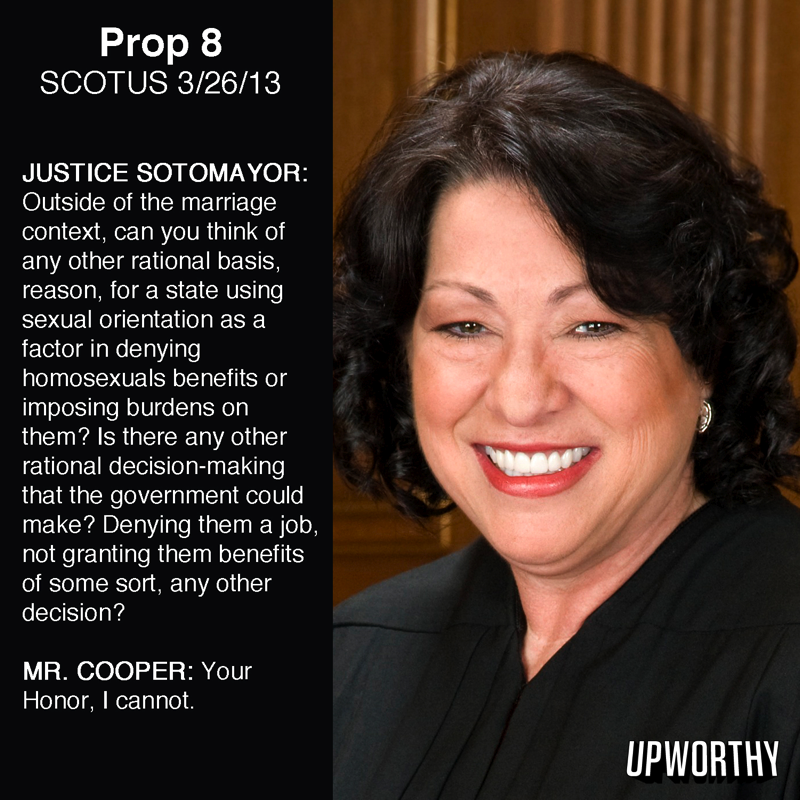What Do We Now Know About Participatory Cultures: An Interview with Aaron Delwiche and Jennifer Jacobs Henderson (Part One)
/I am happy today to be introducing Aaron Delwiche and Jennifer Jacobs Henderson, the editors of an important new anthology, The Participatory Cultures Handbook. Anyone who has followed this blog over the years will recognize the names of many of the contributors to this collection, which includes Christopher M Kelty, Jason Mittell, Suzanne Scott, Mia Consalvo, Benjamin Stokes, Owen Gallagher, Pierre Levy, Daren Brabham, Howard Rheingold, Barry Joseph, and Paul Taylor, among many others, each represented by an original essay which expands their earlier writings on this topic and seeks to contribute to a larger conversation about the nature of participation (cultural, political, educational) in the early 21st century. The core topics include collective intelligence, new media literacies, crowd-sourcing, participatory democracy, fandom, serious games, blogging, and the digital arts, among much much more. In short, there's something in this book which will speak to pretty much anyone who regularly checks out this blog. I have been raiding this book for my teaching and my writing ever since I first got my hands on it, and my students have found it a valuable resource for a broad range of projects. (Full disclosure: I have a short essay in this collection written in conversation with Suzanne Scott about her work on contemporary "fan boy auteurs." Both essays add some more specificity to oft-made claims about the blurring boundary between fan and author.) Over the next few posts, I am going to be grilling Delwiche and Henderson about some of the core themes that cut across the collection. I have to admit that I had a lot of fun framing these questions, since many of them are questions I am often asked in other interviews or that I am currently struggling with in my own work, and the two editors do a great job of putting forth some original reflections about these core and recurring concerns that we all confront as we seek to better understanding the participatory turn in contemporary culture. From my perspective, their responses, like the book itself, strikes an appropriate balance, embracing the collective push towards greater and more meaningful participation while also expressing skepticism about the ways that the term has been taken up and deployed rhetorically by a range of powerful and entrenched institutions. They welcome both writers who are excited about contemporary developments and those who offer strong critiques of some of the underlying assumptions driving this work. In the end, their work brings much greater rigor to our understanding of participatory culture, both by expanding the range of case studies we have to work with and pushing for more precise distinctions between different models of participatory practice.
The book includes a range of different practices, from those associated with fandom to those associated with crowd sourcing or community organizing or citizen science or digital poetry. How are you defining the core concept of participatory culture?
In The Participatory Cultures Handbook, we use the definition of participatory culture from the 2006 white paper Confronting the Challenges of Participatory Culture: Media Education for the 21st Century that you and your co-authors wrote for the MacArthur Foundation. As a starting point, we rely on your explanation that participatory cultures are characterized by "relatively low barriers to artistic expression and civic engagement, strong support for creating and sharing one's creations, and some type of information mentorship whereby what is known by the most experienced is passed along to novices" (p. 7). A participatory culture "is also one in which members believe that their contributions matter, and feel some degree of social connectedness with one another (at least they care what other people think about what they have created" (p. 7).
After completing the book, we would now suggest there are three primary kinds of participatory cultures: consensus cultures, creative cultures, and discussion cultures. While we acknowledge these are fuzzy categories, they do offer a structure for thinking about what it means to participate. We believe the nature of participatory cultures shifts just as it does in real world settings where cultures are shaped by venue, topic, participants, and interest level.
The most traditionally "productive" participatory cultures are often consensus cultures, or agreement-based. They frequently reside in the realm of "work" where there is a goal or outcome to be met. Something must be completed or solved or fixed. These could easily be subdivided into expert cultures where people with specialized knowledge join together to leverage the power of collective intelligence and democratic cultures where "average citizens" do the same thing. In the book, chapters about CERN and crisis mapping tend to the former while those about participatory budgeting tend to the latter.
Creative cultures are those in which participants are encouraged to create, share, and comment all within a safe and supportive environment. Remix cultures live in this space, as do art and writing cultures. The creative portion of fan cultures reside here – the fan fiction and fan-art sub-sites, for example. In these spaces, participants are passionate about their creativity and the topics that spur those passions. They are often lifers, who join a culture and stick with it.
Discussion cultures are ones where a topic rather than an outcome is at the heart of participation. Sports fandoms, news sites, and food blogs all fall within the realm of discussion cultures. Here, we often see more disagreement than support with participants engaging in sometimes heated, often real-time, exchanges on topics of personal and professional interest. Participants in discussion cultures are not always long-time residents; they often roam from site to site as they chase the topic.
I have been seeing increased skepticism about the concept of participatory culture as a rhetoric of participation gets applied to many different sets of relationships between consumers and commercial interests. What qualities need to be in place before meaningful participation may occur?
This skepticism is well founded. One can think of many instances in which organizations use the rhetoric of participation to legitimize non-participatory relationships. This often happens when commercial interests leverage participatory culture practices to promote marketing goals (e.g., crowdsourcing slogans for a new flavor of tortilla chips), but corporations are not the only entities that attempt to pass off faux-participation as something more meaningful. The rhetoric of participation is regularly applied (and misapplied) to relationships between governments and citizens, as well as to relationships between activist groups and their members. This happens in groups of all sizes -- from smaller community groups to national political associations.
In some ways, the pretense of participation is more troubling than the absence of participation. When authentic participatory energy turns out to be little more than democratic window dressing for top-down decision-making, those who devoted time and energy to the process might walk away feeling cynical, hopeless, and discouraged. This is why it is so important for us to ask questions about participatory procedures.
To what extent can the objectives of a participatory project be defined and refined by all participants? If the power to articulate project goals is concentrated in a handful of individuals, the process does not deliver meaningful participation.
To what extent are participants' contributions filtered and edited before they are shared with the broader community? Often, organizations include "talk back" sections on institutional web sites; these components give the appearance of engaged member feedback. However, when one takes a closer look, it becomes clear that user comments are carefully filtered before they are posted. Meaningful participation is inversely proportional to the extent of censorship and editorial control.
It is true that there might be some situations in which community moderation is necessary – for example, in participatory communities that include minors. In these instances, participants have every right to scrutinize the transparency of moderation practices.
Some would argue that meaningful participation is a binary concept: it exists or it does not. However, it might be more useful -- and more realistic -- to think of participatory culture in analog terms. Some processes offer more authentic participation than others, and we should agitate for arrangements that are as close to the participatory ideal as possible. There are times when we can only nudge. There are times when we push harder. And, every once in a while, as Mario Savio reminds us, "you've got to put your bodies upon the gears and upon the wheels… upon all the levers, upon all the apparatus… and you've got to indicate to the people who run it, to the people that own it, that unless you're free, the machine will be prevented from working at all."
Some argue that opportunities for meaningful participation still rest almost exclusively within groups which have enjoyed various forms of privilege in the past -- especially those within elite or dominant segments of the population. What do we know about inequalities in opportunities to participate? Are there compelling cases of participation "from the bottom" and what lessons might we learn from these examples that would help us broaden opportunities for participation?
Privileged elites have always had greater access to participatory technologies and political structures. In Athens, direct democracy was erected on the backs of women and slaves who were excluded from the polis. In America, representative democracy was erected on the backs of women and slaves who were excluded from the voting booth. Thankfully, the history of democratic institutions is progressive, and more people have access to participatory culture than ever before.
This progress stems directly from the fact that disenfranchised human beings have agitated for full and equal participation, often risking their lives in the process. The most crucial battles for civil rights have been waged "from the bottom" by networks of individuals who have wrestled communication tools (literacy, the printing press, radio, music, film, video, computers) from the hands of elites. In turn, activists have used these tools to penetrate and transform political and economic systems in which they are located.
How can we broaden the opportunities for meaningful participation? First, we should nurture media literacy projects at all levels of society, making sure to address what you termed "the participation gap" in the report (Confronting the Challenges of Participatory Culture) that you co-authored for the MacArthur Foundation. In practical terms, this means fostering the competencies and social skills identified in the report: play, performance, simulation, appropriation, multitasking, distributed cognition, collective intelligence, judgment, transmedia navigation, networking, and negotiation.
However, redefining media literacy to include an emphasis on skills required for participation is only the first step. If we want to preserve and extend opportunities for participation, we must broaden our thinking about the term "digital literacy." It is no longer sufficient for citizens to understand how to use computers; we must also learn how to program the machines that rule our lives.
If we continue to accept technological gadgets and protocols as neutral gifts from benevolent technical elites, we pave the way for our future subjugation. As Douglas Rushkoff observes in Program or Be Programmed, digital technologies are always embedded with external purposes. "They act with intention," he warns. "If we don't know how they work, we won't even know what they want. The less involved and aware we are of the way our technologies are programmed and program themselves, the more narrow our choices will become; the less we will be able to envision alternatives to the pathways described by our programs; and the more our lives and experiences will be dictated by their biases" (p. 148-149).
Scholars and activists often mystify digital technologies even as they celebrate them. We convince ourselves that computer programming is conceptually difficult or ideologically suspect. But nothing could be further from the truth. It is not difficult to learn basic programming, and it is easy to master the fundamental concepts that empower us to "speak back" to technology. Yet, even as progressive iterations of computer programming languages become more and more accessible, our fellow citizens seem increasingly willing to think of themselves as users rather than programmers – as consumers rather than coders.
It is only possible to sustain and broaden participatory culture for all citizens if we take up this challenge. If we dodge this responsibility – if we fail to teach our neighbors and ourselves how to program, and thus control, the ubiquitous machines that regulate our lives – we squander the accomplishments of those who have fought to expand the boundaries of participatory culture throughout human history.
We are all programmers now. Or, at least we can be, if we are willing to try.
Aaron Alan Delwiche (Ph.D., University of Washington) is an associate professor in the Department of Communication at Trinity University. His research interests include participatory culture, intergenerational gaming, and wearable computing. In 2009, with support from the Lennox Foundation, he organized the lecture series Reality Hackers: The Next Wave of Media Revolutionaries. In 2010, he delivered a talk titled "We are all programmers now" at TEDx San Antonio. He is also co-editor of the The Participatory Cultures Handbook (2012).
Dr. Jennifer Jacobs Henderson (Ph.D., University of Washington) is an associate professor and chair of the Department of Communication at Trinity University in San Antonio, Texas. Her research addresses the boundaries of speech in media and participatory cultures as well as the ethics of this speech. Jennifer is the author of the 2010 book Defending the Good News: The Jehovah’s Witnesses and Their Plan to Expand the First Amendment and co-editor of the The Participatory Cultures Handbook (2012).



